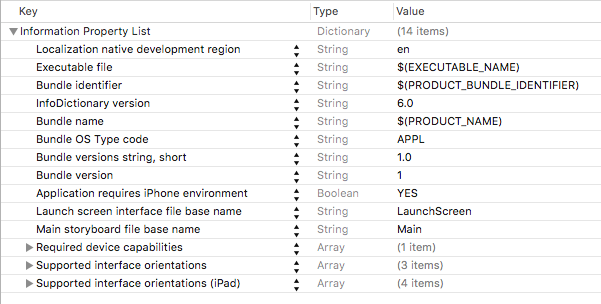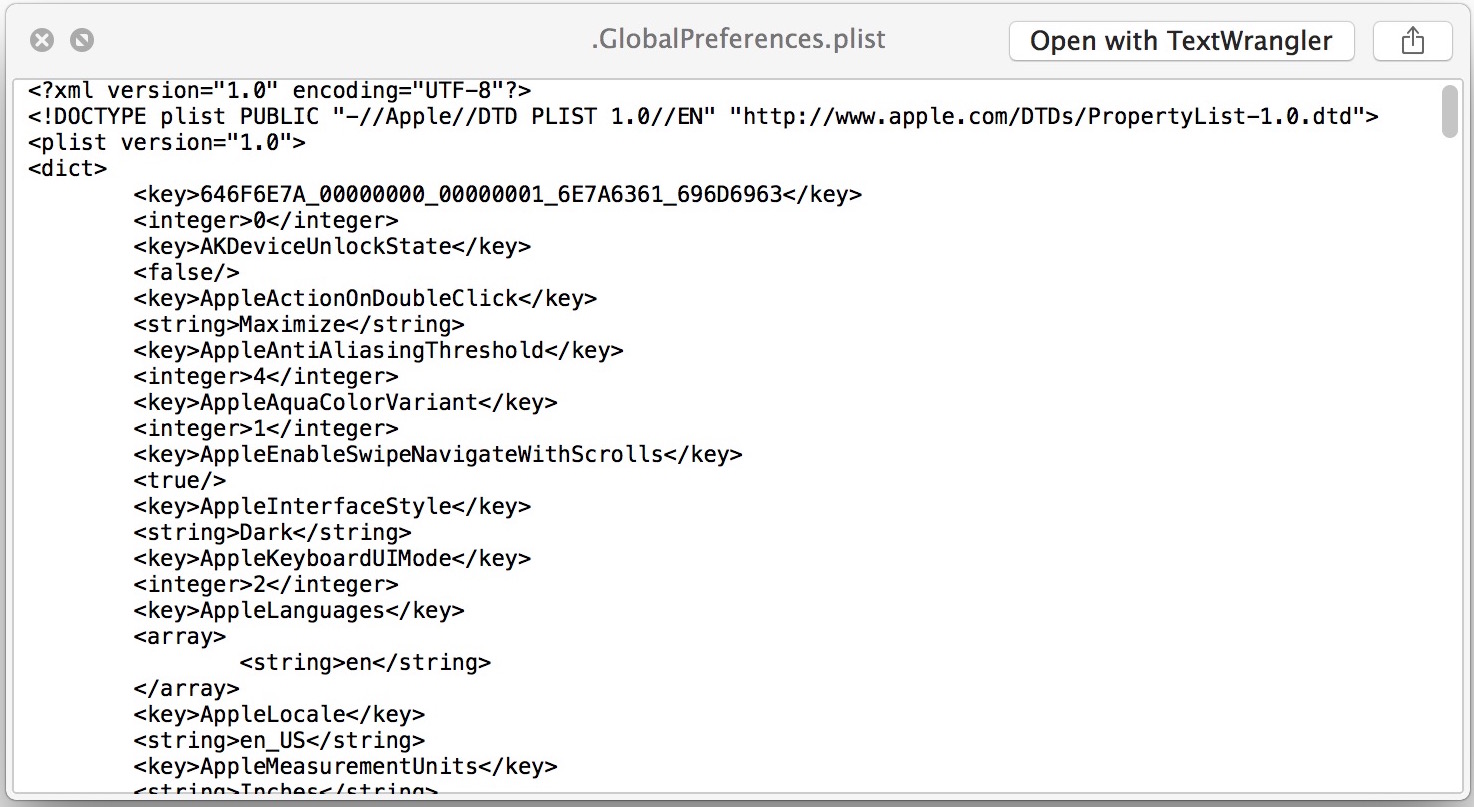

Deleting or moving this file will return all settings to the system defaults. The format of the file is somewhat different depending on MacOS version. This file can be viewed with Property List Editor, although some of the values may not make much sense. LaunchServices settings (whether set through RCDefaultApp, Finder's Get Info panel, or Safari's default browser setting) are stored in the file ~/Library/Preferences/ in each user's account. This is most like due to the use of "bundle identifiers" (see question and answer further down), which are a MacOS X concept that no Classic applications will have. In MacOS X 10.4 (Tiger), Classic applications no longer appear to work at all. In MacOS X 10.3 (Panther), Classic applications no longer show up in the suggested lists, but can still be assigned by using the "Other." option. In MacOS X 10.2 (Jaguar), Classic applications should show up in the suggested applications list, and can be assigned. Q: Can I assign Classic applications to be default handlers? This is done because LaunchServices does not allow an entry to be truly disabled. This application will launch for a few seconds in the background, and then exit. Due to the way that URL protocols are implemented, it is very unlikely that an application will support a protocol it has not declared, and trying to force it can often end up with Applescript timeouts and other odd behavior.Īs mentioned in the README, "disabling" an entry actually assigns it to a dummy application contained within RCDefaultApp.prefPane called DoNothing.app. Q: Can I add my own extensions to the list?Īs of version 1.2, RCDefaultApp allows custom extensions, MIME types, and file types to be added.

Therefore, the list represents what the installed applications support. RCDefaultApp queries LaunchServices for this list, and in some cases looks in the ist files directly. When an application gets registered with LaunchServices (typically by viewing the folder in Finder), LaunchServices keeps this information in a list. Q: Where does the list of protocols and extensions come from?Įach application has an ist file that declares the known URL protocols, extensions, MIME types, and file types the application can handle. *EDIT* I gather things changed for Leopard - see

Hmm, and I see that RCdefault assigns a dummy app rather than actually removing a filetype/exyension ( I said earlier it disabled 'em )

Some textwrangler-y type apps decide they're the default for.
#How to open plist files mac manual
so typically it's done either by that manual selection ( via the File-get-info-open with or File-Open with-Other & choose 'always.' )Īny app that's installed can lay claim to be a suitable ( or even default in my exp ) opener for a certain filetype or extension, so commonly one finds an image editing application taking over some extensions ( but not all & I'll happily confess I don't know the tech details chapter n verse ) for example. Mine were set to none until I wanted to view a few & found it tiresome selecting textedit or a Prefesetter type app each time. If you mean how does a plist file come to have a default application which opens it when double-clcicked.(?)


 0 kommentar(er)
0 kommentar(er)
